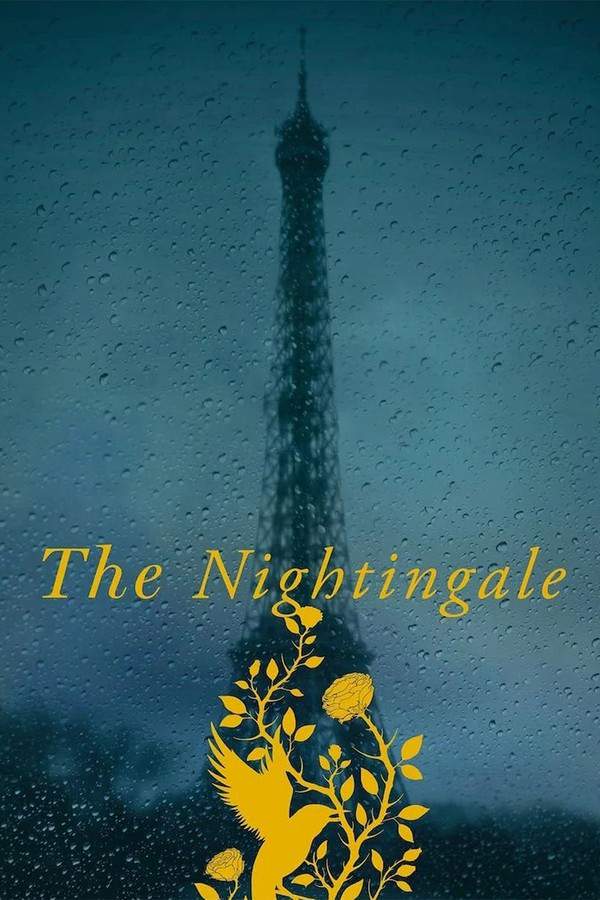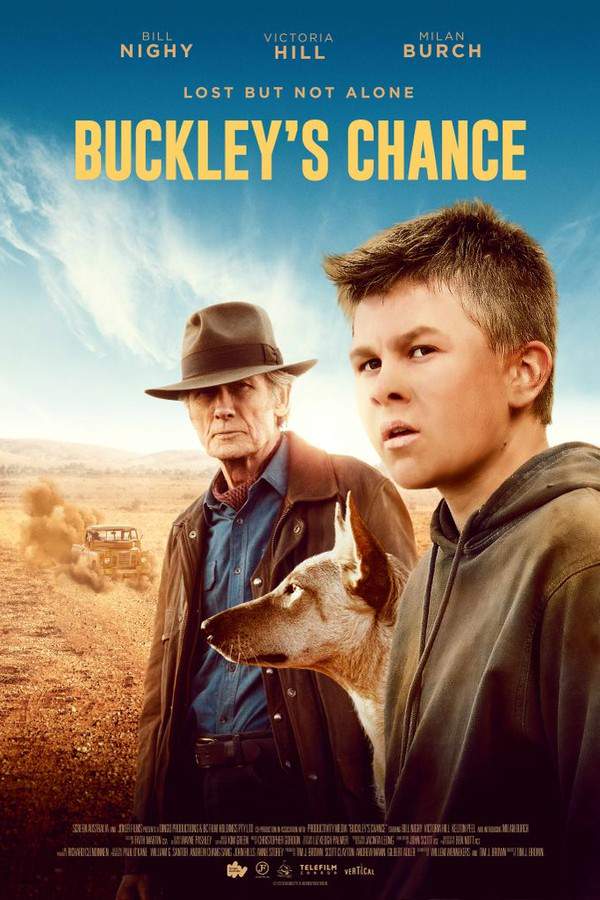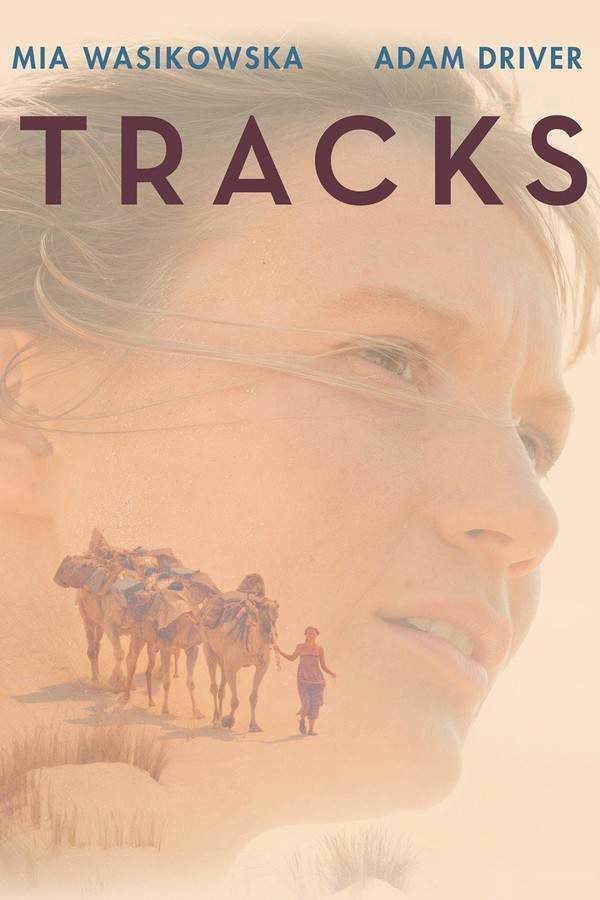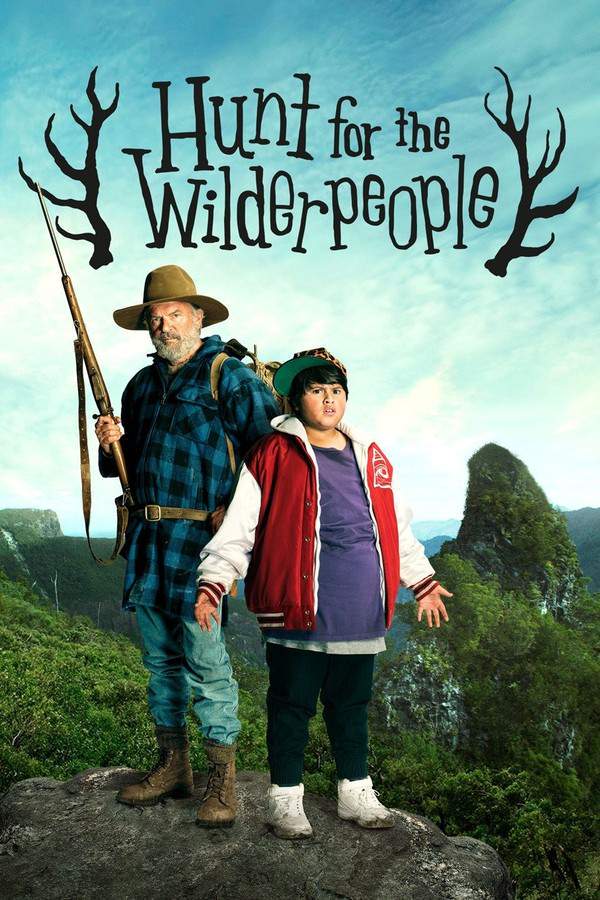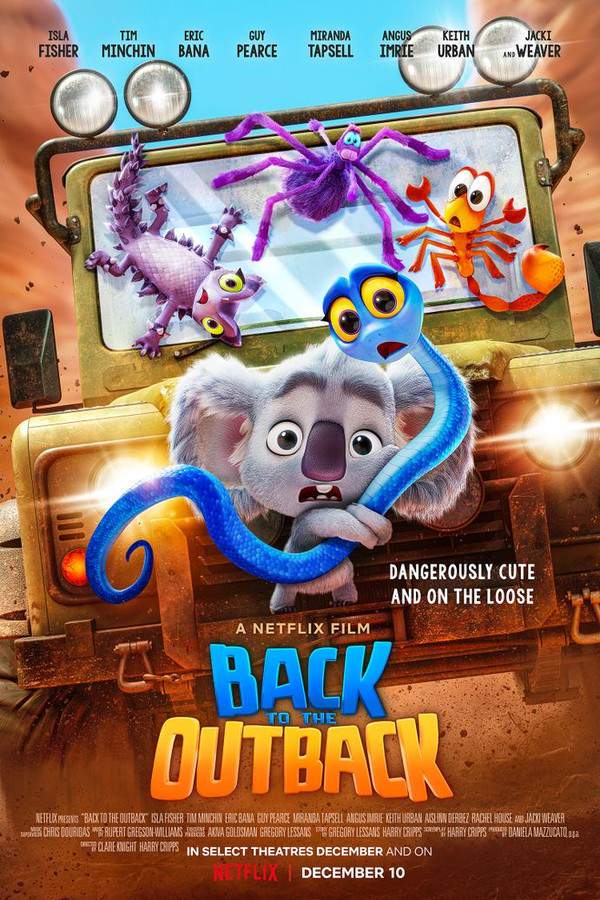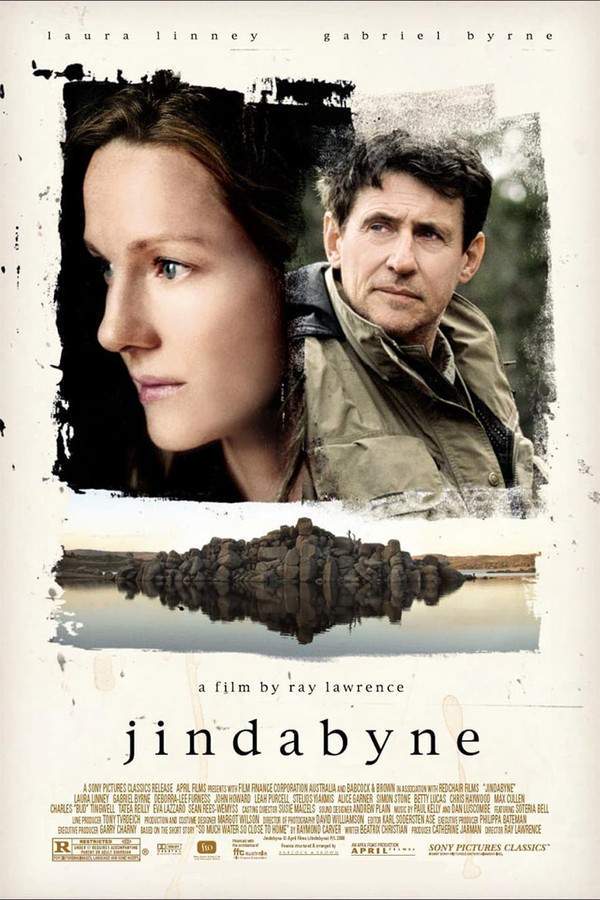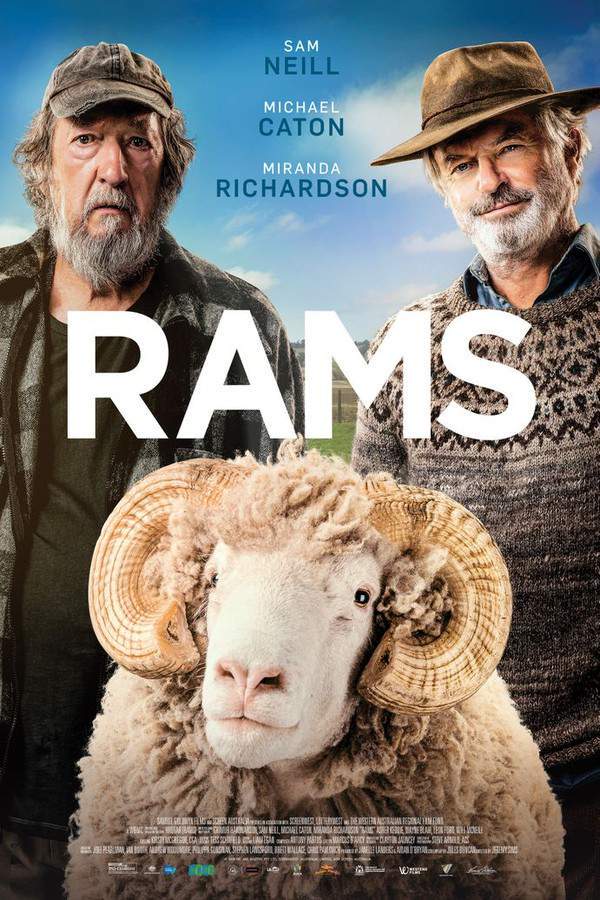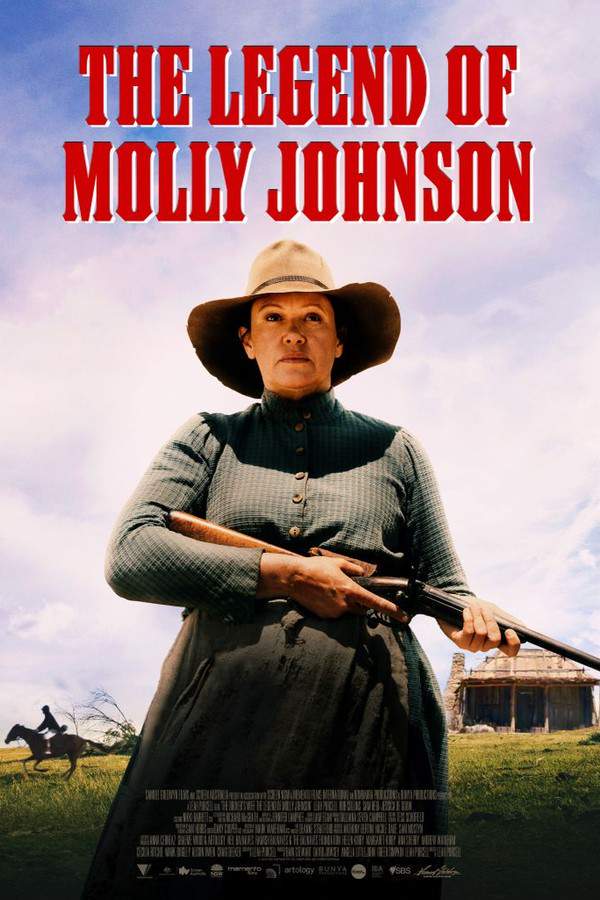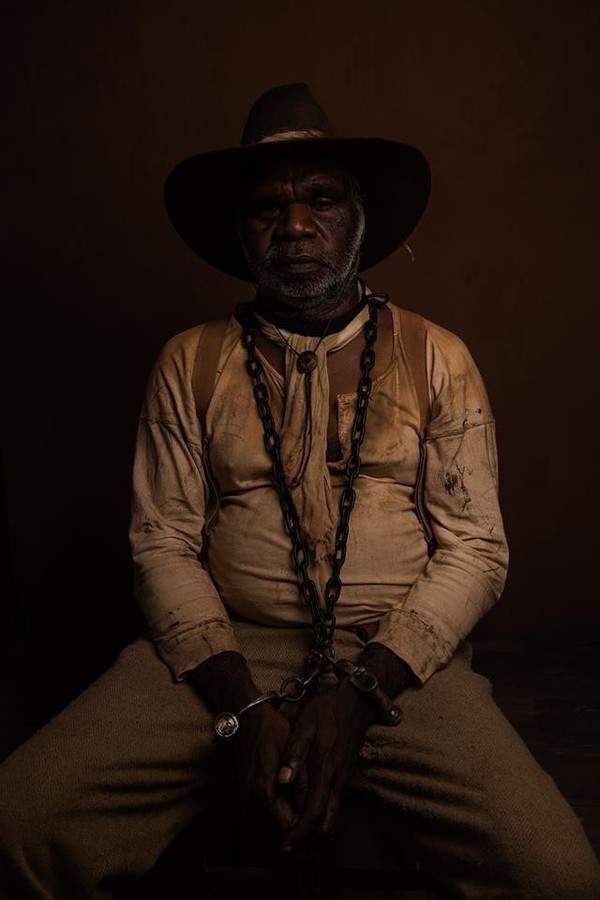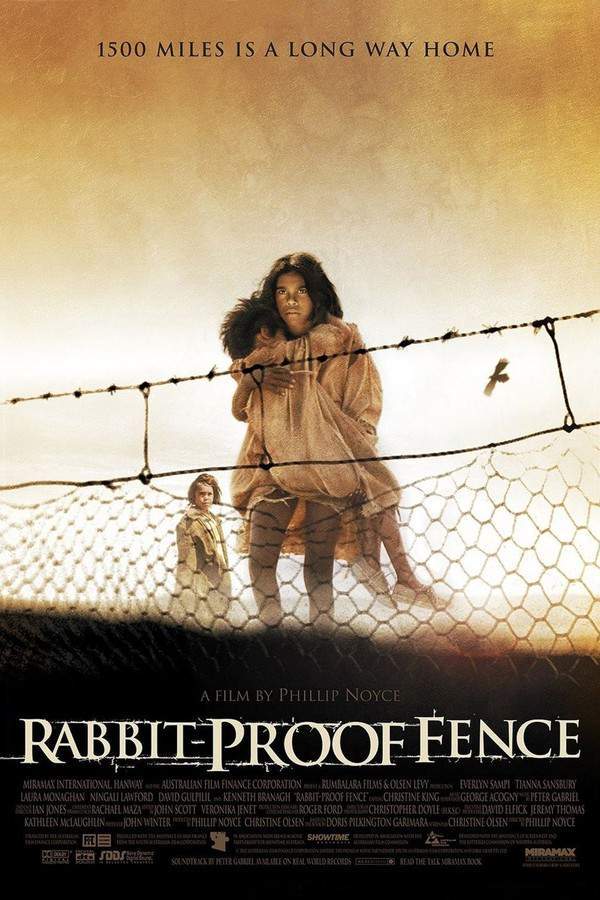
Rabbit-Proof Fence
Year: 2002
Runtime: 94 min
Language: English
In 1931, three young Aboriginal girls are forcibly removed from their families and sent to a settlement as part of a government assimilation policy. Determined to resist, they escape and embark on a remarkable 1,500-mile journey across the harsh Australian outback, following the rabbit-proof fence. Pursued by authorities, the girls demonstrate incredible resilience and determination as they navigate the challenging landscape and fight to return home.
Warning: spoilers below!
Haven’t seen Rabbit-Proof Fence yet? This summary contains major spoilers. Bookmark the page, watch the movie, and come back for the full breakdown. If you're ready, scroll on and relive the story!
Timeline & Setting – Rabbit-Proof Fence (2002)
Explore the full timeline and setting of Rabbit-Proof Fence (2002). Follow every major event in chronological order and see how the environment shapes the story, characters, and dramatic tension.
Last Updated: October 22, 2024 at 21:31
Main Characters – Rabbit-Proof Fence (2002)
Meet the key characters of Rabbit-Proof Fence (2002), with detailed profiles, motivations, and roles in the plot. Understand their emotional journeys and what they reveal about the film’s deeper themes.
Last Updated: October 22, 2024 at 21:31
Major Themes – Rabbit-Proof Fence (2002)
Explore the central themes of Rabbit-Proof Fence (2002), from psychological, social, and emotional dimensions to philosophical messages. Understand what the film is really saying beneath the surface.
Last Updated: October 22, 2024 at 21:31
Unlock the Full Story of Rabbit-Proof Fence
Don't stop at just watching — explore Rabbit-Proof Fence in full detail. From the complete plot summary and scene-by-scene timeline to character breakdowns, thematic analysis, and a deep dive into the ending — every page helps you truly understand what Rabbit-Proof Fence is all about. Plus, discover what's next after the movie.
Rabbit-Proof Fence Summary
Read a complete plot summary of Rabbit-Proof Fence, including all key story points, character arcs, and turning points. This in-depth recap is ideal for understanding the narrative structure or reviewing what happened in the movie.

Rabbit-Proof Fence Timeline
Track the full timeline of Rabbit-Proof Fence with every major event arranged chronologically. Perfect for decoding non-linear storytelling, flashbacks, or parallel narratives with a clear scene-by-scene breakdown.

Similar Movies to Rabbit-Proof Fence
Discover movies like Rabbit-Proof Fence that share similar genres, themes, and storytelling elements. Whether you’re drawn to the atmosphere, character arcs, or plot structure, these curated recommendations will help you explore more films you’ll love.
Explore More About Movie Rabbit-Proof Fence
Rabbit-Proof Fence (2002) Plot Summary & Movie Recap
Rabbit-Proof Fence (2002) Scene-by-Scene Movie Timeline
Rabbit-Proof Fence (2002) Spoiler-Free Summary & Key Flow
Movies Like Rabbit-Proof Fence – Similar Titles You’ll Enjoy
Australia (2008) Story Summary & Characters
The Nightingale (2019) Film Overview & Timeline
Walkabout (1971) Story Summary & Characters
The Tracker (2004) Film Overview & Timeline
Buckley's Chance (2021) Detailed Story Recap
Tracks (2014) Ending Explained & Film Insights
Hunt for the Wilderpeople (2016) Story Summary & Characters
Back to the Outback (2021) Ending Explained & Film Insights
Big Girls Don't Cry (2004) Full Movie Breakdown
High Ground (2021) Full Movie Breakdown
Jindabyne (2007) Movie Recap & Themes
Rams (2021) Complete Plot Breakdown
The Legend of Molly Johnson (2022) Story Summary & Characters
Sweet Country (2018) Story Summary & Characters
Whale Rider (2003) Movie Recap & Themes




